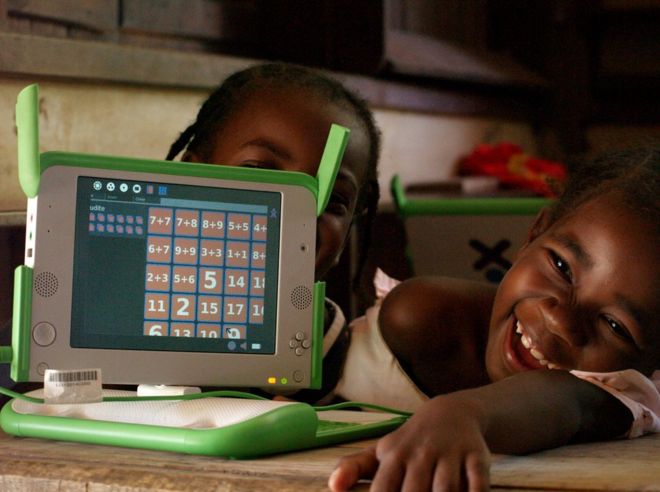On May 10th to 12th, 2017, leaders and stakeholders from various industries, countries and continents gathered in the KIGALI CONVENTION CENTER to participate in the Transform Africa Summit. They all had one purpose: to foster constructive conversation towards building a Smart Africa. The Transform Africa Summit facilitated meetings for leaders from the public and private sectors to discuss policies and opportunities to accelerate the continent towards a socio-economic transformation, as the theme for the summit stated: “Smart Cities Fast Forward.”
OLPC and Foundation Zamora Teran participated in this summit as a wonderful example of how technology combined with commitment is indeed the solution to sustainability and development.

During the summit, Foundation Zamora Teran shared its experience with the One Laptop Per Child projects in Central America. As a part of its educational program, the Foundation Zamora Teran created the first digital island, Ometepe. This served as a relevant case study for the summit. Summit participants had the opportunity to interact with the OLPC and FZT teams to learn about the strategies they employ for success in their educational program. One such strategy for success focuses on actively engaging all relevant stakeholders, including educators, technical teams and operations teams, in the process. The three sectors work together to bring all stakeholders together in order to positively impact the community

During the exhibition, many officials from participating countries visited the OLPC/FZT stand to learn how its ecosystem could be a key to sustaining different development projects in their respective countries. Journalists and TV stations also had the opportunity to learn more about the OLPC/FZT services. FZT and OLPC conducted interviews as well.
The Summit was a wonderful opportunity for OLPC and FZT to build global connections to increase opportunities to provide children around the world with a quality, innovative education.
(Below are several interviews.)






 The first online experience for these 16-year-olds in Madagascar was browsing Wikipedia and writing what they had discovered on a blackboard.
The first online experience for these 16-year-olds in Madagascar was browsing Wikipedia and writing what they had discovered on a blackboard.
